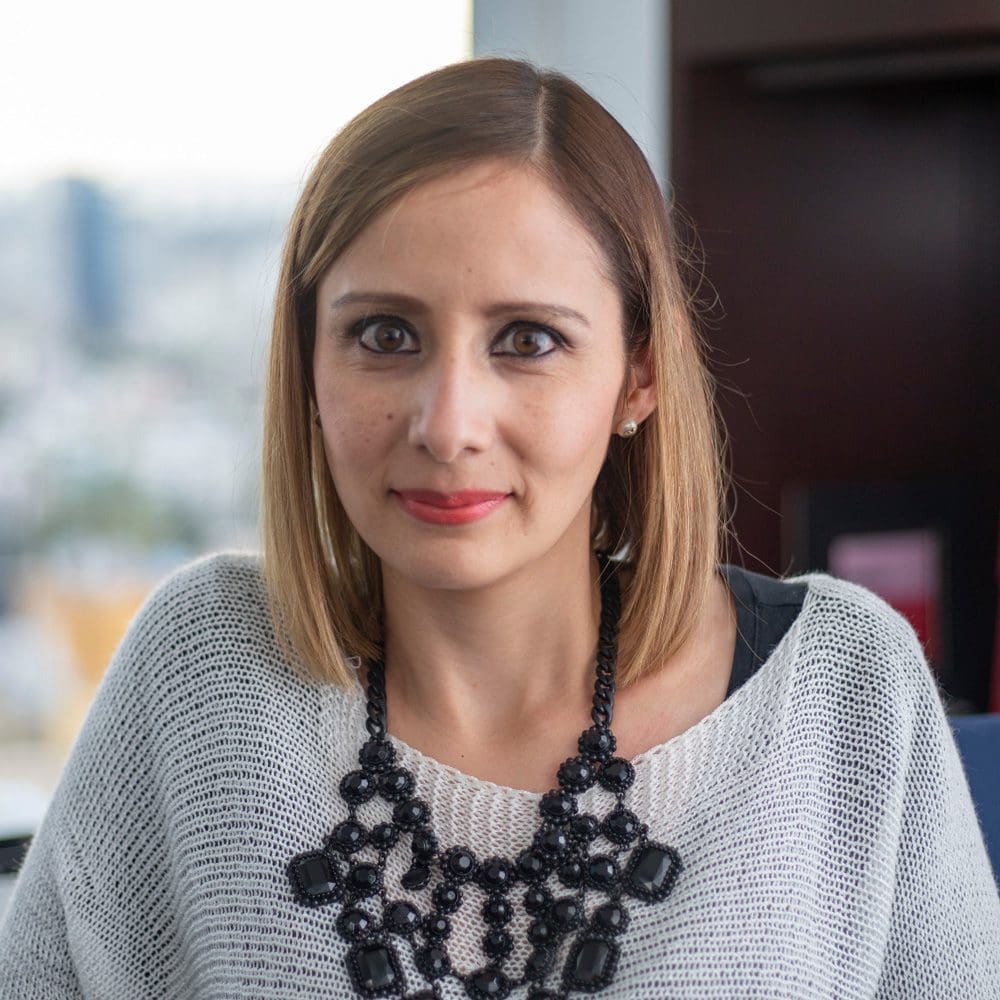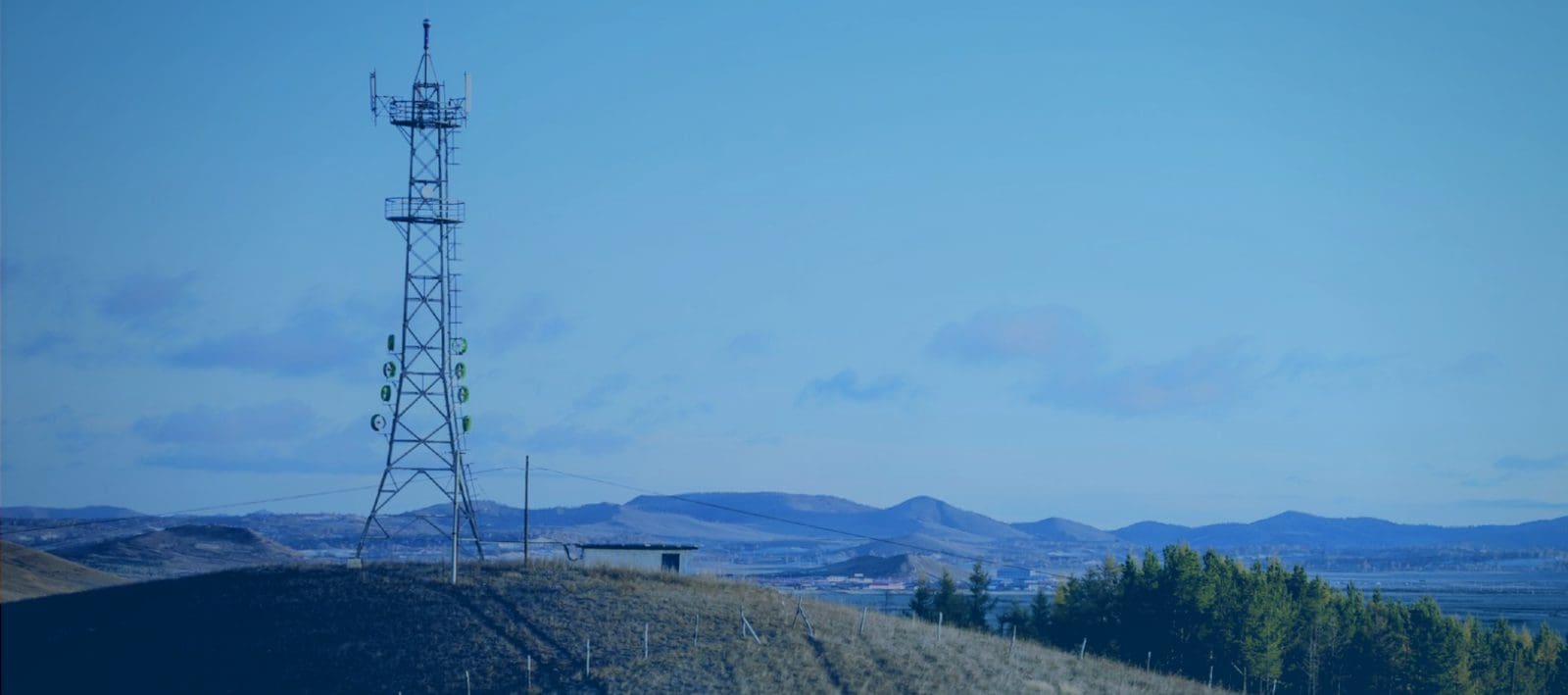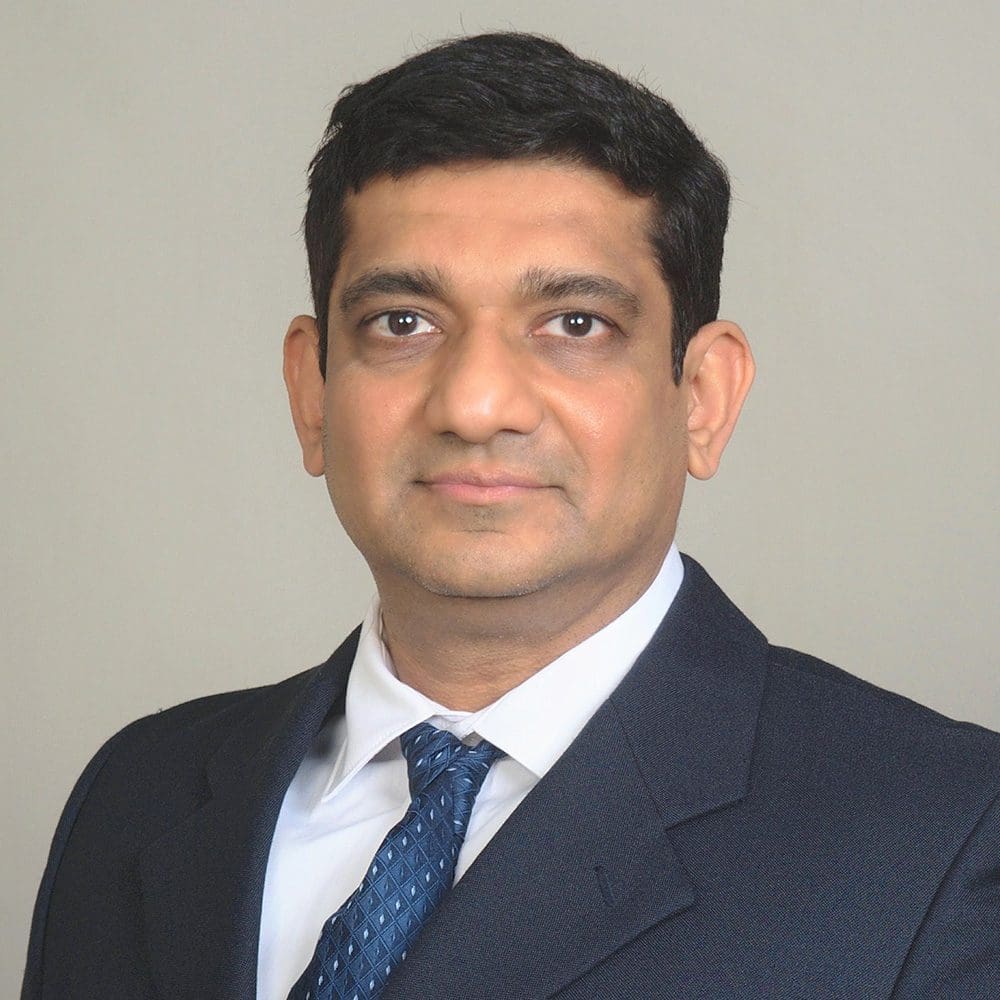Mexico has seen steady growth in internet connectivity since its constitutional reform in 2013. Today, about 70 percent of Mexicans have access to wired or wireless internet. Yet only 47 percent of the rural population has internet access, compared to 76 percent of the urban population who are online. The country is faced with an increasing digital divide and the urgent need to bridge the gap especially driven by the COVID-10 pandemic. The government plays a crucial role in delivering reliable and affordable infrastructure, fostering public-private partnerships, and providing training to improve digital skills.
This video Q&A will explore the challenges in Mexico and how to provide universal connectivity for all by developing collaborative regulation and leveraging IEEE resources in your region or community.
View Video Transcript
Purva Rajkotia:
Welcome to the Rural Communication video series. In this series, we asked the industry leaders and experts to provide that insights on how to provide connectivity to the rural and isolated population of the world. This video series is hosted by connectivity and telecommunications practice. I am the practice lead and your host Purva Rajkotia. In this episode we have with us Paula Cicero. She is the chief of staff from IFT.
And she’s going to talk with us about the worldwide regulations. Mrs Cicero holds a law degree with honors from ITAM and LL.M. in international legal studies from NYU.
And she also is a diploma from MIT in digital transformation. She began in her career in the Mexican ministry of foreign affairs and has extensive experience in public service. Since 2017 she has been the chief of staff of commissioner at IFT that is the federal institute of telecommunications, the Mexican telecommunications and broadcasting regulator, from where she has calibrated in the research and development and dissemination of topics, such as artificial intelligence, cyber security, the Internet of things, digital divide and among others. And she has over 10 publications, including book chapters and articles.
Welcome to this program.
Paola Cicero:
Thank you very much, Purva. Thank you for the invitation. I’m glad to be here.
Purva Rajkotia:
Thank you so before we jump into the main topic, what I would like to get is your understanding as to what is the problem or issue that you are seeing in Mexico that ties back to the mission of rural connections, or connecting the unconnected.
Paola Cicero:
Well, in Mexico, as in many other Latin American countries, a big percent of the population, in the case of Mexico, 70% of the population has access to any form of connectivity, either fixed or mobile. We have had consistent growth rates connectivity as in the constitutional reform approved by Congress in 2013. However, there is still a digital gap that must be addressed, particularly the rural-urban gap since 76% of the population is urban population that has access in contrast with only 47% in the rural population.
So, the pandemic of COVID-19 has emphasized the urgent need in our countries. In order to secure rights education, information, work for health in the so-called new normal activities. So, in a nutshell, like many other countries in Latin America, I think we face the following challenges in order to connect the unconnected.
First of all infrastructure development issues. For example, local permits. Mexico’s federal structure as many other countries has created substantial obstacles. The high level of autonomy of local and regional authorities has resulted in a variety of divergent regulations regarding infrastructure deployment and the use of land within different jurisdictions. So this creates barriers to entry for operators, especially those intending to access the market in those locations who need to undertake construction, required use of land, or rights of way permits for network deployments.
Second of all, a lack of national policy for infrastructure development from the federal government. For example, in Mexico, we currently have a federal strategy that includes policies like telecommunications for everyone, which is a governmental entity that aims to provide Internet access. We have also the shared network, which is a public-private partnership, aiming at providing access to telecommunications and broadband services through wholesale telecommunication services, and also a program of connectivity in public sites.
Yet there are no federal policies or annual goals associated with objectives and goals in terms of telecoms, infrastructure, accessibility in general, digital transformation, and digital skills that allow for revelation. So, I think this is a great area of opportunity.
My third point would be that as a result of the pandemic we face a challenging economic prospect. In Latin America, and I think in the world in general, which will make it harder for companies and governments to invest in what it’s needed. I think also that digital education is the main point.
Connectivity, of course, is of paramount importance. However, we also need to think about connectivity for what, and I think digital skills are the tools that can provide the best answer to that question. A common issue in many countries is just to think, I mean, get to know the perfect form of state intervention in places that remain attractive for commercial operators.
So, summing up, I think accessibility, affordability, and digital gaps are the main issues in many regions.
Purva Rajkotia:
So, how long have you been involved in this area, or this industry and now, what rule do you play in IEEE programs and activities?
Paola Cicero:
Well, as you mentioned in my introduction, I have been involved in the telecommunications sector since 2017, and working at the Federal Telecommunications Institute, which is the Mexican telecoms and broadcasting regulator, has given me a great opportunity to learn and understand challenges in a big and diverse country with social, economic, and even geographic complexities as Mexico and many other countries in Latin America, and in the world. So about a month ago, I became part of their rural communication project. I was luckily invited to participate and I hope to contribute with Latin American perspective and issues and also on solutions. I look forward to working with my colleagues analyzing what we have done in our countries and most of all identifying new potential policies that can be successful in terms of enhancing conductivity.
Purva Rajkotia:
Thank you, Paola. So how do you see IEEE SA support to address this challenges in providing are connecting the unconnected and what kind of SA programs or activities support you’re seeing this field.
Paola Cicero:
Well, first of all, I think that raising awareness of problems and then sharing the best practices and successful solutions implemented in other countries with similar issues from policies to the dissemination of adequate and cost effective technologies for rural communities is very important.
I think conductivity, information communication technologies, ICTs in general, should be part of a broader agenda that can contribute to solve important problems in today’s societies. The rural communication project within the IEEE SA industry connection program is precisely an excellent opportunity for brainstorming and sharing experiences in order to solve common problems. And in addition, I think IEEE sponsored report and best practices at tasks force or even a pilot program funded by IEEE in rural areas could be very useful to further advance connectivity in such regions.
Purva Rajkotia:
Right. So, for people who are watching this program, and if they want to get engaged in the in the rural communication project that you are part of. So, how can they get engaged in those activities?
Paola Cicero:
Well, if you’re interested in participating and getting involved in the connecting the unconnected. Please do have a look at the IEEE SA rural community website and contact us. Members of academia, service providers, providers, authorities and academia with interest or expertise in Mexico or the Latin American region are more than welcome and would be a valuable addition to the project we’re just kicking off.
We’re just starting so it’s a great time to join us and get involved in this subject.
Purva Rajkotia:
Right, right and I’m coming back to your main expertise, the regulatory bodies. Now what rule do you see the regulatory bodies in providing worldwide connectivity?
Paola Cicero:
I think regulators play an important role in generating a suitable regulatory environment of greater certainty,
stability, predictability that allows progress in the goal of having better conditions to promote not only greater connectivity in terms of coverage but also in terms of quality. With the digital transformation affecting all aspects of our lives, new challenges arise for regulators who have traditionally been organized on a sectoral or specialized basis to evolve to face new problems.
So, I think today’s digital transformation will be characterized by a collaborative regulation that is not limited to the participation of companies and other authorities only, but also that extends to the collaboration of society and communities. As stated in the 220 digital regulation handbook of the ITU and the World Bank, regulators must adopt measures that lead to further innovation, facilitate the deployment of new and emerging technologies, incentivize investment and focused on inclusion with a collaborative regulation approach that creates the best conditions to achieve universal connectivity.
In Mexico, for example, we need to think about the perfect form of state intervention in places that remain unattractive for commercial operators, in order to boost conductivity. The board members at the IFT tend to think of themselves as a facilitator in order to generate the best conditions for investment operator section but also for government intervention throughout the collaborative approach, that includes the perspective and the needs of societies communities, so at the IFT we’re enhancing these collaborative regulations, trying to generate the best conditions to improve connectivity and in general to insert Mexico in the best terms in the digital transformation.
Purva Rajkotia:
Thank you so much, Paula. It was really privileged to get the insights. Thank you so much for watching.
Please visit IEEE SA rural communications program and see how you can be involved in the program.
Related Resources
About The Speaker
Paola Cicero holds a law degree with honors from ITAM and an LL.M. in international legal studies from New York University (NYU). She also has a diploma from the Massachusetts Institute of Technology (MIT) in Digital Transformation.
She began her career in the Mexican Ministry of Foreign Affairs and has extensive experience in public service. Since 2017, she has been the Chief of Staff of Commissioner Javier Juárez at the Federal Institute of Telecommunications (IFT), the Mexican telecommunications and broadcasting regulator, from where she has collaborated in the research, development, and dissemination of topics such as artificial intelligence, cybersecurity, the Internet of Things, digital divide, among others.
Mrs. Cicero has over 10 publications including book chapters and articles.










